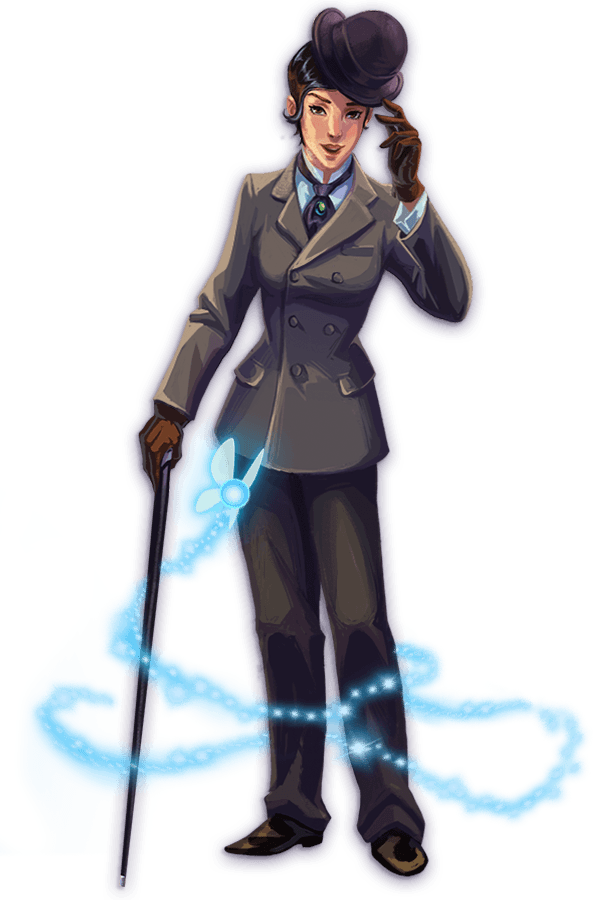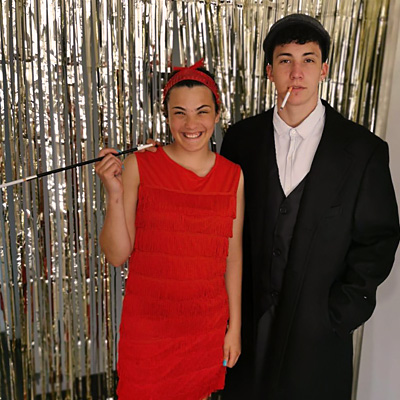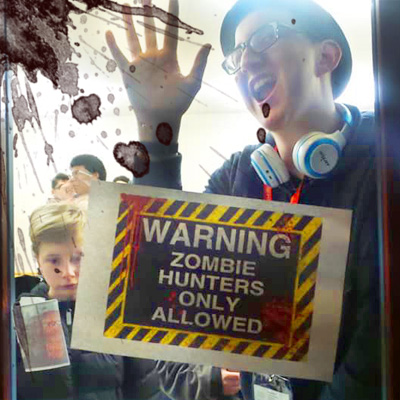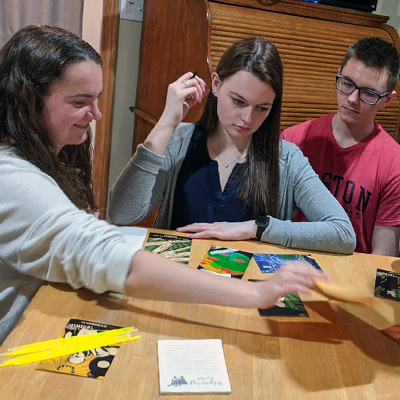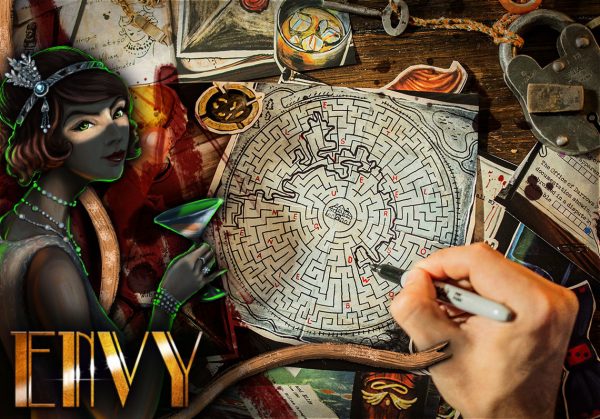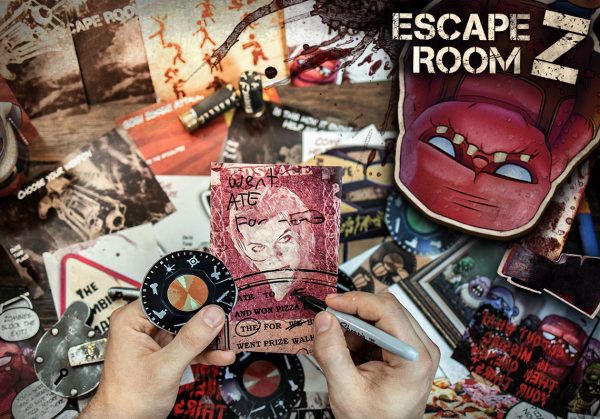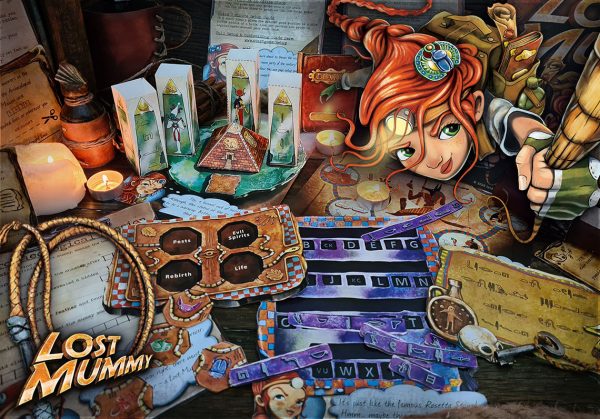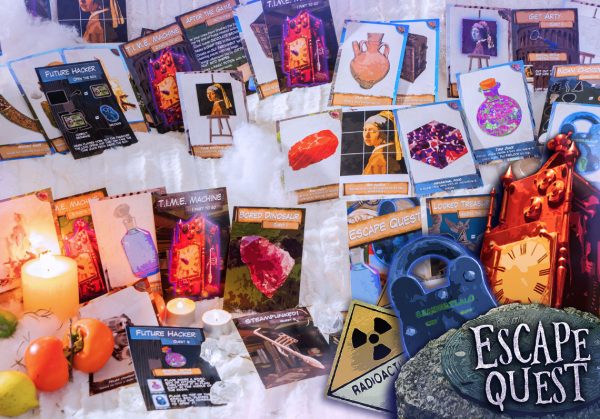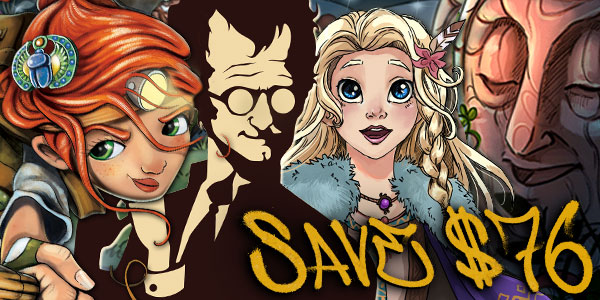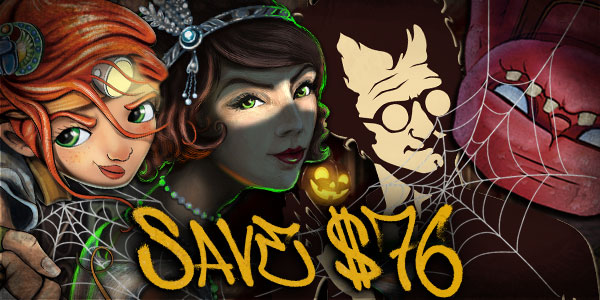When it comes to providing an immersive experience with relevant signage, props, and technology, there are a few key tips. Firstly, ensure that the signs you use in your escape room match up with the game theme.
For example, if it's set on Mars, then create some space-inspired visuals! Secondly, don't just have them provide directions; make sure they can add flavor and information about what is going on around the players. Props are also important, as these give immersion into different worlds or stories, from old books full of clues to broken parts that need fixing.
Having interesting objects helps bring out the ongoing narratives within each puzzle encounter. Technology has come a long way over recent years, too, so be sure not to expose yourself to any new tech without understanding what benefits or drawbacks may accompany its use first. For instance, virtual reality (VR) rooms offer incredible amounts of escapism, but require extensive training before being used correctly safety-wise, so think twice before including such elements in timed experiences!
Finally, get creative when using all types of multimedia tools. Audio logs left by characters elsewhere add tremendous realism, while light shows and special effects tied directly off puzzles build anticipation when done right. The most successful designs we've seen recently combine interactive elements both online and offline, allowing participants more real-life decisions which help build tension, resulting in even greater ROI outcomes for their owners.
Creating engaging narratives for escape room settings can be a fun and creative process. It involves meticulously choosing the plot, characters, puzzles, and clues in order to invigorate players' experiences with every visit.
While there's much more to learn about writing representations for physical scenarios, start by going through the content available online. This will allow you to craft stories that are unique yet intriguing enough to draw people back wanting another adventure!
 EN
EN


